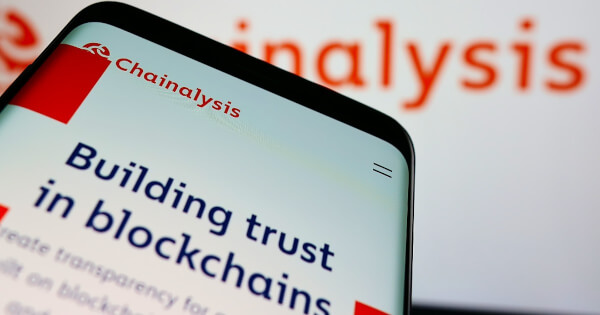U.S. Treasury Cracks Down: Sanctions Hit Russian Crypto Economy—Targeting A7A5 and Key Exchanges
The U.S. Treasury just dropped a hammer on Russia’s crypto economy—sanctioning A7A5 and multiple exchanges in a move that’s equal parts financial warfare and geopolitical chess.
The Targets:
A7A5, a shadowy player in Russia’s crypto infrastructure, and several exchanges accused of laundering oligarch cash. No numbers disclosed—just a blunt message: 'We’re watching.'
The Play:
Freeze assets, cut off dollar access, and strangle Russia’s workaround for SWIFT bans. Because nothing says 'sanctions evasion' like a Bitcoin wallet—until it’s blocked.
The Irony:
Crypto’s 'decentralized utopia' keeps colliding with the reality of nation-states. Who needs a central bank when you’ve got OFAC breathing down your neck?
Cynical Finance Jab:
Meanwhile, Wall Street’s still waiting for that Bitcoin ETF approval. Priorities, right?

The U.S. Department of the Treasury's Office of Foreign Assets Control (OFAC) has announced new sanctions targeting key players in the Russian crypto economy. Among those affected are the cryptocurrency exchanges Garantex and its successor Grinex, as well as companies associated with the Russian Ruble-backed token A7A5, according to Chainalysis.
Sanctions Overview
The sanctions aim to disrupt the activities of entities involved in facilitating cross-border transactions that potentially violate international sanctions. The A7A5 token, supported by deposits from Russia's sanctioned Promsvyazbank (PSB), has processed transactions exceeding $51.17 billion in total. OFAC's action underscores the token's role in enabling sanctioned Russian entities to skirt restrictions.
Background of A7A5
A7A5, a token issued by Kyrgyz company Old Vector, operates on the Tron and ethereum blockchains. It is primarily used within a limited Russian financial ecosystem, suggesting its role as an internal settlement tool rather than a retail token. Its trading is mainly confined to weekdays, highlighting its business-to-business usage.
Links to Garantex and Grinex
Garantex, sanctioned initially in 2022, has been linked with illegal transactions exceeding $100 million. Despite its shutdown in March 2025 by international law enforcement, its activities appear to have seamlessly transitioned to Grinex. On-chain data reveals a clear connection between the two entities, with A7A5 liquidity initially provided through Garantex.
Implications and Compliance
These sanctions highlight the evolving landscape of financial infrastructure in Russia aimed at countering Western sanctions. The transparency of blockchain technology, however, offers opportunities to identify and disrupt these networks. The emergence of the A7A5 network emphasizes Russia's continued pursuit of alternative payment channels to circumvent restrictions.
Chainalysis solutions can help organizations monitor exposure to high-risk activities connected to the sanctioned entities. This includes real-time tracking of A7A5 and maintaining compliance with global standards.
Image source: Shutterstock- ofac
- sanctions
- crypto
- russia

